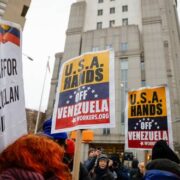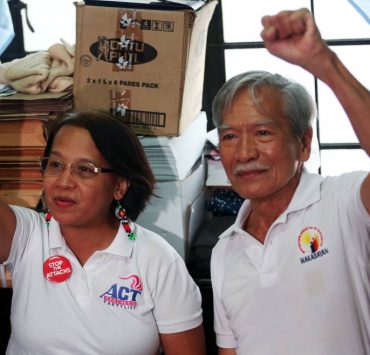PSA rates Cordillera provinces ‘least poor’

BAGUIO CITY–New technology, jobs and business options may have helped the Cordillera reduce its number of poor families from 218,000 in 2018 to 129,000 last year, a report from the Philippine Statistics Authority (PSA) said.
The region also has fewer “food poor” (subsistence poor) or households who cannot buy sufficient food in a year, with an estimated 24,000 people as of 2024 from nearly 40,000 people in 2021 and 59,000 people in 2018.
Except for Mountain Province, the Cordillera provinces of Ifugao, Benguet, Apayao, Abra and Kalinga, as well as Baguio City, have been classified as “least poor” (or the Grade 6 category where the incidence of poverty is or above zero percent but not higher than 10 percent), based on PSA’s 2023 poverty report, which was presented here on Wednesday.
Mountain Province belongs to the equally improving Grade 5 category where poverty incidence is within the 10 to 20 percent range. Cordillera communities used to struggle for government resources due to small populations, remote location and mountainous terrain, before they were fused into the Cordillera Administrative Region in 1987.
Since then, Cordillera poverty incidence has gone down progressively in the last five years and is now at 4.4 percent as of last year from 6.9 percent in 2021 and 8.6 in 2018, according to Villafe Alibuyog, PSA Cordillera director.
Poverty incidence
Last year, the Cordillera ranked second among 18 regions with the lowest poverty incidence, according to an analysis by Susan Sumbeling, regional director of the National Economic Development Authority, which was read at the forum.
Households are considered poor if their monthly incomes are below the threshold of P13,239. The reduction in upland poverty was observed despite the poor growth performance of agriculture.
The Cordillera is predominantly an agricultural region, and food production has lagged behind in the Gross Regional Development Product (GRDP) in the past years. The 2023 GRDP reveals agriculture contracting again by -1.3 percent after a poor showing in 2022 with a -2.1 percent growth.
Aldrin Federico Bahit Jr., the region’s chief statistician, said farm labor might have shifted to the services sector, like retail and financing, to real estate that involves leasing or selling idle properties and assets, and to construction that was driven by government programs, particularly during the COVID-19 pandemic years.
Citing recent business surveys, Bahit said the pandemic encouraged the growth of online businesses, which also altered the behavior of the labor market. According to Sumbeling’s paper, “the employment rate in the region continued to improve in 2023 at 96.6 percent with over 1.24 million [people] employed.”
“The region also saw an increase in the number of MSMEs (micro, small and medium enterprises) assisted from 24,474 in 2022 to 31,192 in the third quarter of 2023. This translates to an additional 5,250 [people] employed at the end of September 2023,” it said.
Inflation also began to ease toward the last months of 2023.
Small businesses
Bahit said the Bangko Sentral ng Pilipinas took note of the increased cash flow in the Cordillera, to include “ayuda” (cash assistance from the government and private sources), which not only helped poor families during the pandemic, but also built them small businesses that thrive today.
Apayao and Abra provinces drew special notice for riding out double-digit poverty incidences in 2018 and achieving their Group 6 classification last year, he said.
Bahit said the region’s average annual family income in 2023 was P359,000, 51 percent of which were made up of salaries and wages, while 19.3 percent was earned from “entrepreneurial activities.”
He said that a high degree in the more affluent category were pensioners. The highest incomes and wages are paid in Baguio City, he said.
The average Cordillera family spent 39.3 percent of their income on food, 24.2 percent on rent and other household expenses like electricity and water, and 3.6 percent on internet and mobile phone services. Bahit said households also spent 5.3 percent of their income on education and 6.6 percent on transportation.
















